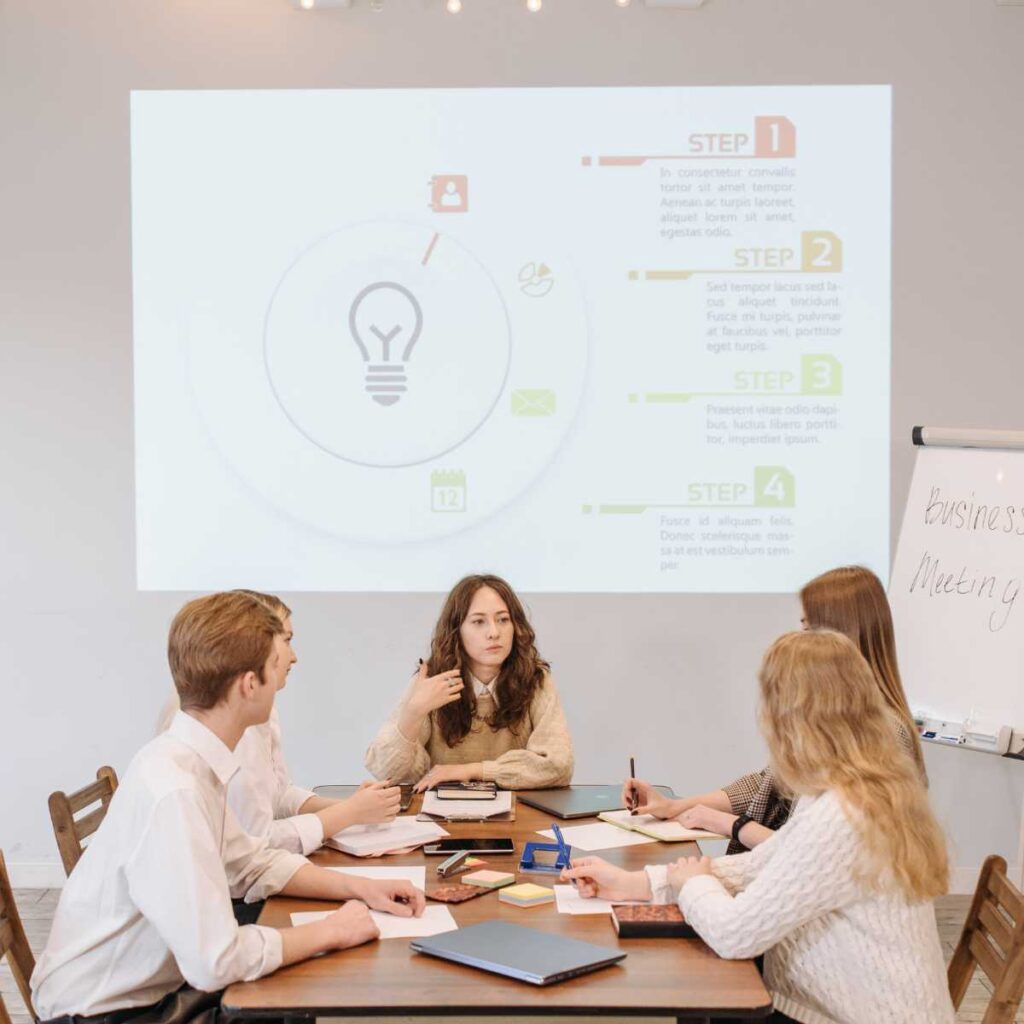The Government Proposal Process: FAQs

Navigating the government proposal process can be complex, especially for organizations new to government contracting. In this FAQs blog, we’ll address common questions about the government proposal process, providing clarity and insight into the steps involved, best practices, and essential considerations for success. What is the Government Proposal Process? The government proposal process refers to […]
The Benefits of Having a Government Proposal Process

In the highly competitive world of government contracting, having a structured and efficient proposal process is essential for success. A well-defined government proposal process not only streamlines operations but also enhances the organization’s ability to win lucrative government contracts. In this blog, we’ll delve into the myriad benefits of implementing a robust government proposal process […]
The Government Proposal Process: A Comprehensive Guide

Securing government contracts can be a lucrative opportunity for businesses, but navigating the intricacies of the government proposal process can be daunting. In this blog, we’ll demystify the government proposal process, providing a comprehensive overview of the steps involved, key components, and essential considerations for success. Opportunity Identification: The government proposal process begins with identifying […]
